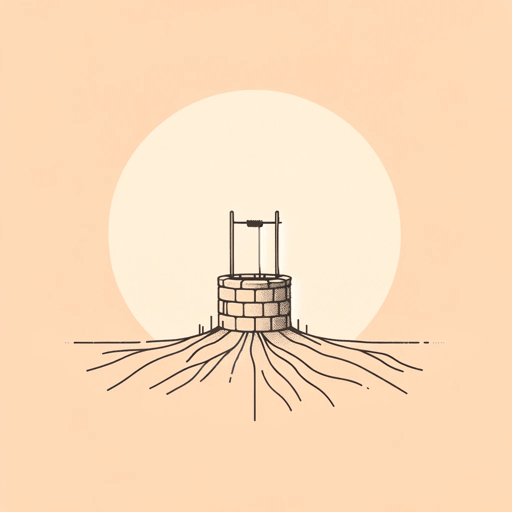83 pages • 2 hours read
Haruki Murakami, Transl. Jay RubinThe Wind-Up Bird Chronicle
Fiction | Novel | Adult | Published in 1994A modern alternative to SparkNotes and CliffsNotes, SuperSummary offers high-quality Study Guides with detailed chapter summaries and analysis of major themes, characters, and more.
Themes
Following the Natural Flow of Your World
In The Wind-Up Bird Chronicle, characters are challenged to let the world unfurl in its own way. Murakami suggests that human beings, whether because of socialization or their natures, wish to create order and meaning out of the chaos of the world. Murakami suggests that human beings in these societies tend to project their ambitions, dreams, imaginations, and pursuits of happiness onto an uncaring and ultimately random world. The more characters fight the flow of the world, the more traumatized and isolated they become. Rather than fight the flow, Murakami posits that people should pay more attention to the tiny details that hint at larger understandings. In Murakami’s constructed Japan, there are layers of alternative realities that are only accessible by letting go of preconceived notions of the physical and mental limitations of the world.
This is exemplified by Creta’s mental sexual coupling with Toru. Although they don’t physically have sex, Creta intercepts Toru’s dreams and copulates with him in their minds. But the world of their minds is as real and as important as the “real” world. This is also highlighted by the symbol of the deep and dry well that gives Toru and Lieutenant Mamiya access to the boundary-less corners of their mind.
Related Titles
By these authors
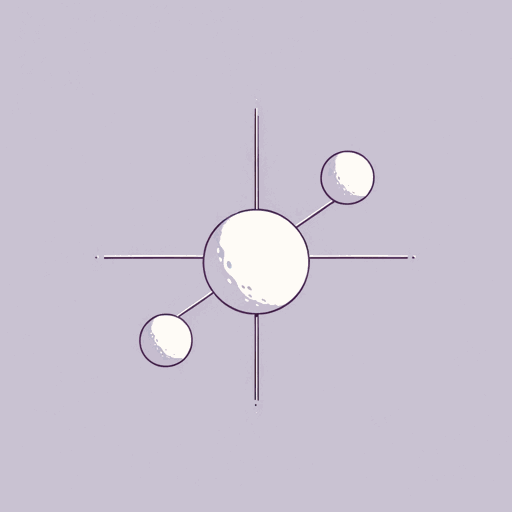
1Q84
Haruki Murakami
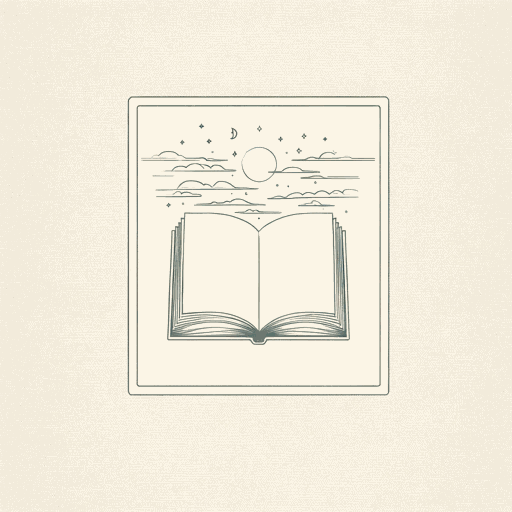
After Dark
Haruki Murakami
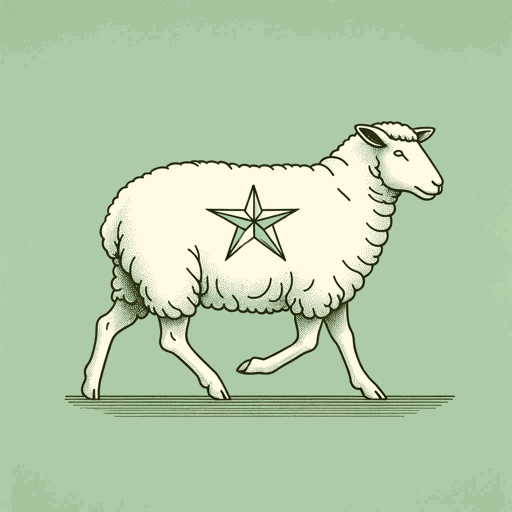
A Wild Sheep Chase
Haruki Murakami

Blind Willow, Sleeping Woman
Haruki Murakami

Colorless Tsukuru Tazaki and His Years of Pilgrimage
Haruki Murakami

Hard-Boiled Wonderland and the End of the World
Haruki Murakami
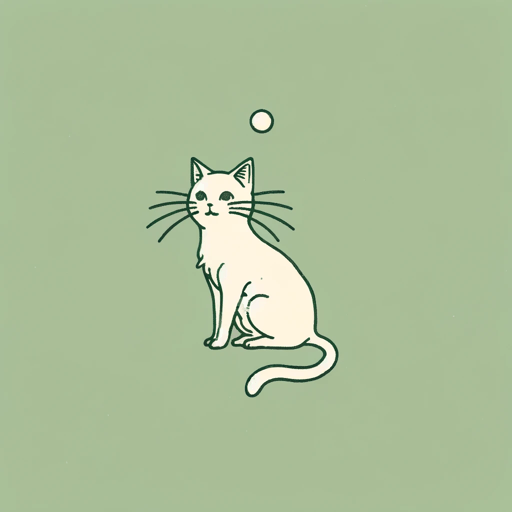
Kafka on the Shore
Haruki Murakami

Killing Commendatore
Haruki Murakami
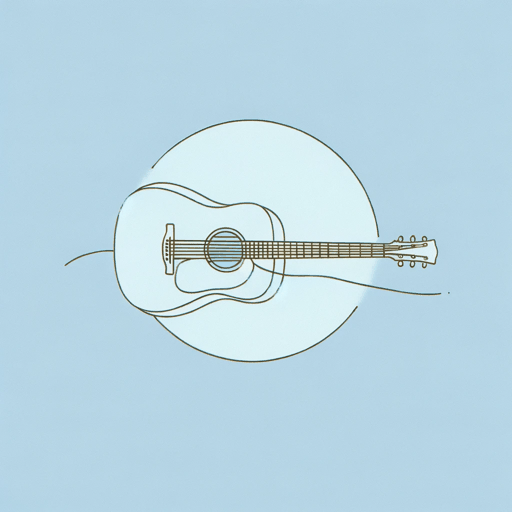
Norwegian Wood
Haruki Murakami

South of the Border, West of the Sun
Haruki Murakami

Sputnik Sweetheart
Haruki Murakami
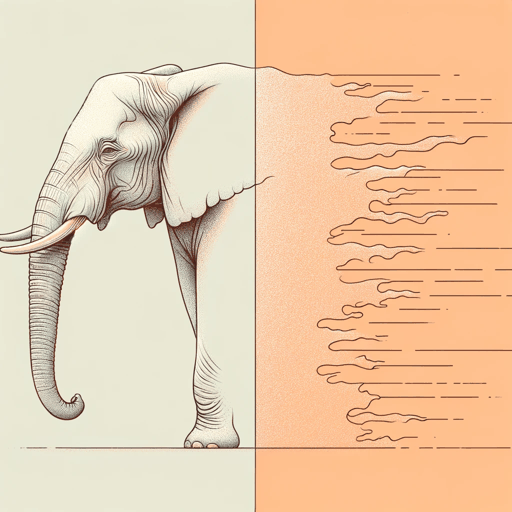
The Elephant Vanishes: Stories
Haruki Murakami

What I Talk About When I Talk About Running
Haruki Murakami
